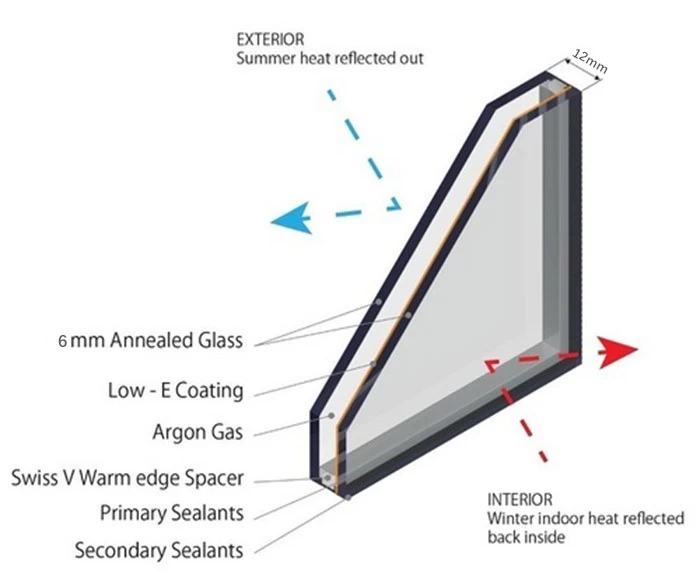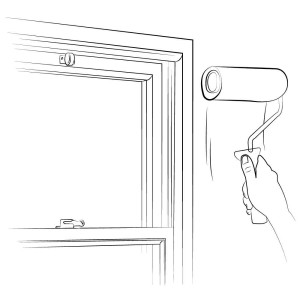All Categories
Featured
Table of Contents
5 Benefits Of Double Glazing Windows in Bayswater Perth
That window can send more solar heat in winter than in summer. A west-facing window on a summer season's afternoon has an angle of incidence from near 0 as much as 30 with a big efficient location of solar radiation. A north-facing window, in summertime, has a high angle of incidence and a low effective location of solar radiation, so can transfer less heat than a west-facing one.

You can quickly and quickly enhance the thermal performance of your home by replacing your windows. This is among the most effective approaches of remodelling to achieve improved thermal comfort. There are countless types of glass and frames to pick from. Picking the right ones is necessary to improving the energy performance of your home.
Glass & Glazing - Easy Windows Upvc Double & Triple ... in Inglewood WA
Single glazing with clear glass is not really efficient when it comes to heat loss or gain. To improve efficiency, you can utilize single glazing with a more energy-efficient type of glass such as low emissivity (low-e) glass.
Multiple layers can be put together with sealed cavities between each sheet of glass. IGUs generally use better energy performance than single glazing, since they transfer less energy. Nevertheless, the energy performance of IGUs likewise depends upon: the homes of each layer of glass. Various glass types (for instance, clear and low-e glass) can be assembled in an IGU.
Double Glazed Windows & Doors Melbourne & Sydney in Warwick Perth

IGU cavities can be filled with air or a more inert, low-conductivity gas such as argon the width of the cavity. Wider cavities offer lower (better) U worths, with 12mm usually accepted as the preferred gap how well the cavity is sealed.
If argon is set up to the cavity in place of air, wetness is dependably omitted the level of desiccant (drying agent). The spacer (metal or polymer strip) that separates the glass layers contains a desiccant to absorb any moisture. Inadequate desiccant might trigger moisture to condense on the glass surface area in cold conditions, minimizing thermal performance.
Double Glazed Windows: A Complete Guide in Cannington Perth
IGUs can deliver better energy efficiency for all environments, especially in heated and air-conditioned homes. Cross-section detail of single, double and triple-glazing units Low emissivity glass (commonly called low-e glass) lowers heat transfer. Low-e glass may be either high or low transmission: High transmission low-e glass has a covering that permits daylight from the sun to enter your house to accomplish good solar heat gain, but decreases the amount of the long wavelength infrared heat that can leave back through the window.
Low-e glass has either a pyrolytic finish or a vacuum-deposited thin movie metal covering. Pyrolytic coatings are long lasting and can be utilized for any glazing; vacuum-deposited coatings are soft and are only used within IGUs. Low-e finishes can considerably enhance both U value and SHGC; nevertheless, they should be used properly or they will either deteriorate or stop working to carry out as needed.
Is Double Glazing Worth It? in Kensington WA
Low-e coverings can be utilized in combination with clear, toned or reflective glass. Low-e coverings on glazing can decrease heat transfer where required Image: Department of Market, Science, Energy and Resources Toned glass has colouring additives included throughout manufacture. It is available in numerous colours, normally bronze, grey, blue and green.
Latest Posts
Pros And Cons Of Argon Gas In Windows in Ridgewood WA
Does Double Glazing Have A Vacuum? in Shoalwater WA
Double & Triple Glazing Windows In Warwickshire in Perth